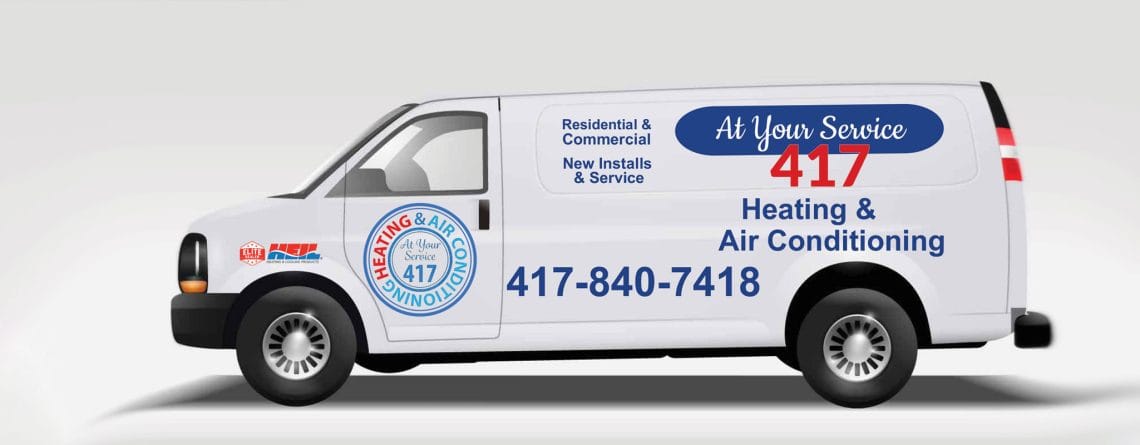Mini-Split vs. Traditional HVAC: Which Is Best for Springfield Homes?
Mini-Split vs. Traditional HVAC: Which Is Best for Springfield Homes?
Choosing the right cooling system can feel overwhelming. Should you stick with a traditional HVAC unit or upgrade to a ductless mini-split? Here’s a breakdown of both options to help Springfield homeowners decide.
What Is a Mini-Split System?
A mini-split is a ductless heating and cooling system that uses an outdoor compressor and one or more indoor air handlers. They’re perfect for homes without ductwork or for adding comfort to specific rooms.
Pros & Cons of Mini-Splits vs. Traditional HVAC
Mini-Split Advantages
- Energy-efficient with zoning control
- No need for ductwork
- Compact design with quiet operation
Mini-Split Disadvantages
- Higher upfront cost than window units
- May require multiple indoor units for large homes
Traditional HVAC Advantages
- Whole-home comfort with a single system
- Compatible with existing ductwork
- Lower upfront cost compared to multi-unit mini-splits
Traditional HVAC Disadvantages
- Energy loss through ducts
- More expensive to repair if ducts are damaged
- Less flexibility in zoning control
Cost, Efficiency, and Comfort Considerations
Mini-splits often save Springfield homeowners money in the long run thanks to improved efficiency and targeted comfort. However, traditional HVAC systems can be more affordable upfront, especially in larger homes with existing ductwork.
Expert Installation in Springfield, MO
Whether you’re leaning toward a ductless mini-split or a traditional system, 417 Heating & Air has the expertise to install, repair, and maintain your equipment. We offer same-day service, certified Heil® products, and flexible financing options.


